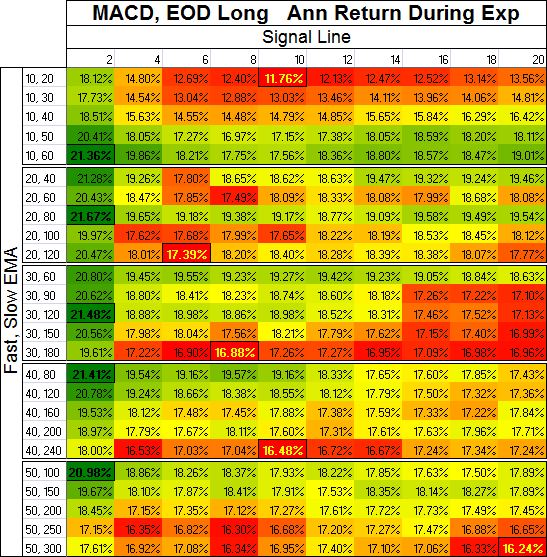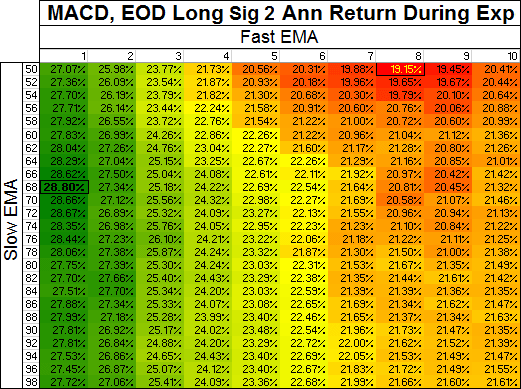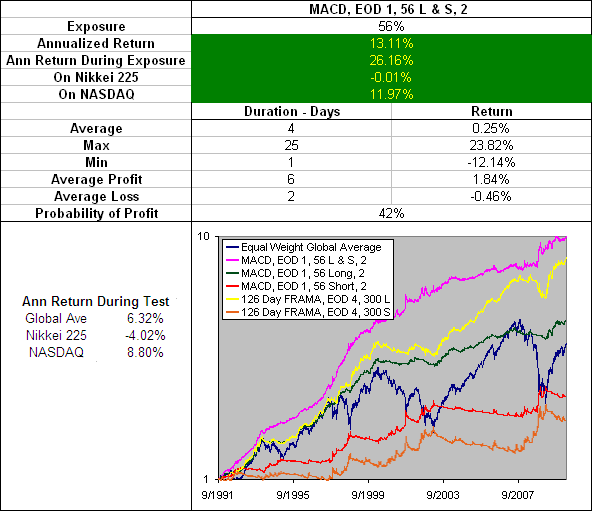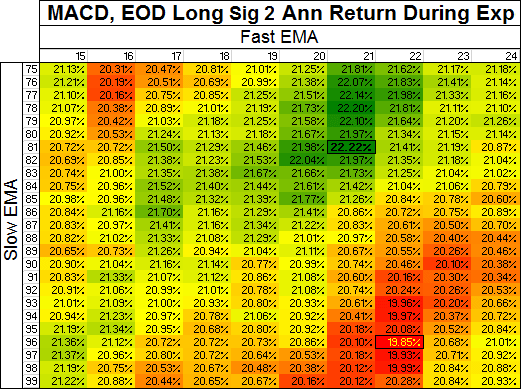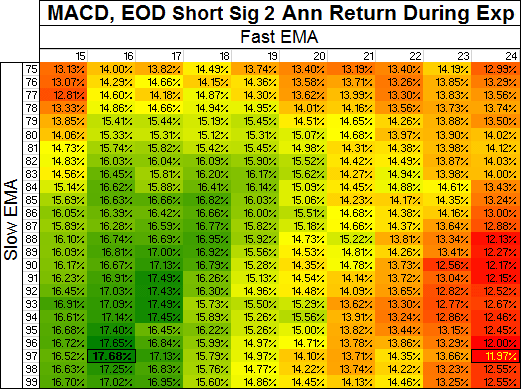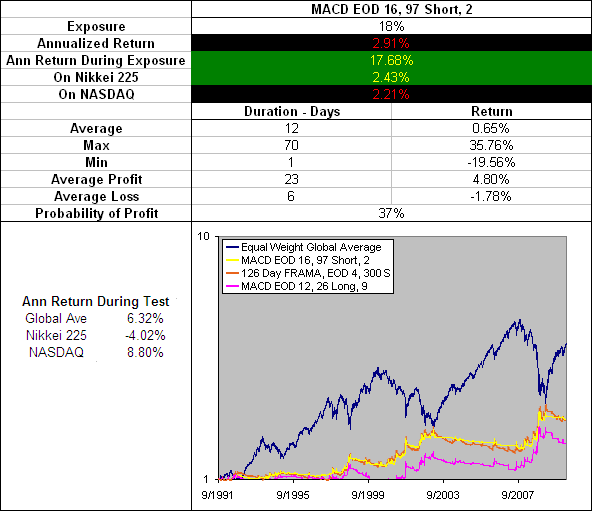My first brush with Technical Analysis was not a good one and I was left asking the question “Does Technical Analysis work?”. There was plenty of evidence to suggest Fundamental Analysis worked (Warren Buffett has Billions of evidence). But Fundamental Analysis really doesn’t suit my personality so what were the other options?
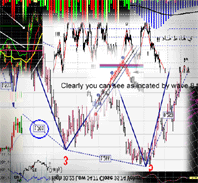 Everywhere you go online there is another guru selling the latest TA system accompanied with confusing looking charts. I decided that if there wasn’t a long list of very rich Technical Analysts out there then I had lost enough money using TA and was ready to quit. To my delight I discovered many successful traders and investors who had the track record to prove that Technical Analysis does work. Here is a list of the traders I found particularly noteworthy:
Everywhere you go online there is another guru selling the latest TA system accompanied with confusing looking charts. I decided that if there wasn’t a long list of very rich Technical Analysts out there then I had lost enough money using TA and was ready to quit. To my delight I discovered many successful traders and investors who had the track record to prove that Technical Analysis does work. Here is a list of the traders I found particularly noteworthy:
The Worlds Best TA Traders:
Marty Schwartz
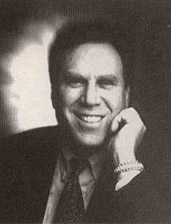 Originally a stock analyst but got sick of having to write bullish investment advice on overpriced companies. He developed and combined several technical indicators in an effort to determine lower risk entry points for his trades. Schwartz found success when he shifted to technical analysis and focused on mathematical probabilities.
Originally a stock analyst but got sick of having to write bullish investment advice on overpriced companies. He developed and combined several technical indicators in an effort to determine lower risk entry points for his trades. Schwartz found success when he shifted to technical analysis and focused on mathematical probabilities.
He ran his account up from $40,000 to $20 Million and also won the U.S. Investing Championship in 1984. When asked if Technical Analysis works he replied “I used fundamentals for nine years and got rich as a technician”. A big advocate of moving averages, Schwartz identifies healthy stocks by looking for positive divergences in price action over the broad market.
They (traders) would rather lose money than admit they’re wrong… I became a winning trader when I was able to say, “To hell with my ego, making money is more important” – Marty Schwartz
.
Mark D. Cook
 Lost all his capital several times while learning to trade including one occasion when he lost more than his entire net worth. In 1982 he sold naked calls on Cities Service that expired deep in the money. His account dropped from $165,000 to a deficit of $350,000 in a matter of days; a total loss of $815,000 when taking into account for the money that he lost in his family’s accounts.
Lost all his capital several times while learning to trade including one occasion when he lost more than his entire net worth. In 1982 he sold naked calls on Cities Service that expired deep in the money. His account dropped from $165,000 to a deficit of $350,000 in a matter of days; a total loss of $815,000 when taking into account for the money that he lost in his family’s accounts.
Not one to give up, after five years Mark had totally recovered from the losses but vowed never to sell another naked option. He attributes his turn around in success to the development of what he calls the ‘Cumulative Tick Indicator’.
There is a widely used indicator called the ‘Tick’ that measures the number of NYSE stocks whose last trade was an uptick minus the number whose last trade was a downtick. When the ‘tick’ indicator is above or below a neutral band the ‘cumulative tick indicator’ starts to add or subtract the ticks from a cumulative total. This works as an over brought and over sold indicator. When it reaches extremes of bullish or bearish readings the market tends to reverse direction.
In 1989 Cook finished second in the US Investing Championship trading stocks and in 1992 after shifting to options he won the championship with a return of 563%. Now he trades options holding them 3-30 days and day trades S&P 500 and NASDAQ futures.
To succeed as a trader, one needs complete commitment… Those seeking shortcuts are doomed to failure. And even if you do everything right, you should still expect to, lose money during the first five years… These are cold, hard facts that many would-be traders prefer not to hear or believe, but ignoring them doesn’t change the reality. – Mark D. Cook
Victor Sperandeo
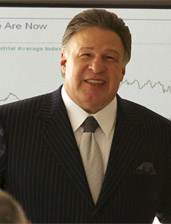 An options trader and technical analyst who had a string of 18 profitable years clocking an average return of 72%. His first loss was in 1990 with a 35% drawdown.
An options trader and technical analyst who had a string of 18 profitable years clocking an average return of 72%. His first loss was in 1990 with a 35% drawdown.
He described his style as only taking risks when the odds are in his favor. After an extensive two year study he identified ‘life expectancy’ profiles for market moves. For example he noticed that an intermediate swing on the Dow during a bull market is typically 20%. After that 20% has been realized the odds of further advances are diminished significantly.
Understanding this makes a big difference he says, like when a life insurance policy is written the risk profile of an 80 year old is very different from that of a 20 year old. Sperandeo believes that the most common reason for failure with technical analysts is that they apply their strategies to the market with no allowance for the life expectancy of the bullish or bearish move.
Theses days Victor is the President and CEO of Alpha Financial Technologies which is widely known for its trend-following, futures-based indices: The Diversified Trends Indicator, The Commodity Trends Indicator, and The Financial Trends Indicator.
The key to trading success is emotional discipline. Making money has nothing to do with intelligence. To be a successful trader, you have to be able to admit mistakes. People who are very bright don’t make very many mistakes. Besides trading, there is probably no other profession where you have to admit when you’re wrong. In trading, you can’t hide your failures. – Victor Sperandeo
Ed Seykota
 THE pioneer when it comes to computerized trading systems. Inspired by the work of Richard Donchian he began developing futures trading systems in the 1970s. Seykota tested and implemented his ideas using an IBM 360. This was well before the days of online stock trading, back then such computers were the size of a large room and were programmed using punch cards.
THE pioneer when it comes to computerized trading systems. Inspired by the work of Richard Donchian he began developing futures trading systems in the 1970s. Seykota tested and implemented his ideas using an IBM 360. This was well before the days of online stock trading, back then such computers were the size of a large room and were programmed using punch cards.
Originally he wrote trend following systems with some pattern recognition and money management rules. By 1988 one of his clients’ accounts was up 250,000% on a cash-on-cash basis. Today it is reported that his daily trading efforts consist of the few minutes it takes him to run his computer programs and generate the new signals.
Ed attributes his success to good money management, his ability to cut losses and the technical analysis based systems he created. He refers to fundamentals as “funny-mentals” explaining that the market discounts all publicly available information making it of little use.
There are old traders and there are bold traders, but there are very few old, bold traders. – Ed Seykota
Worlds Richest TA Traders:
I was very happy to discover that the Forbes Rich List was scattered with investors and hedge fund managers who have profited handsomely despite giving fundamentals a back seat. Here are my favourites from the 2012 list:
2012 Forbes – #82 James Simons – 11.0 Billion
 Sometimes referred to as the “Quant King” he is also a maths guru and a very smart cookie who studied maths at MIT and got a Ph.D. from UC, Berkeley. Simons deciphered codes for U.S. department of defence during Vietnam and went on to found Renaissance Technologies in 1982 and at the start of 2013 was managing over 15 billion.
Sometimes referred to as the “Quant King” he is also a maths guru and a very smart cookie who studied maths at MIT and got a Ph.D. from UC, Berkeley. Simons deciphered codes for U.S. department of defence during Vietnam and went on to found Renaissance Technologies in 1982 and at the start of 2013 was managing over 15 billion.
He Co-authored Cherns-Simons theory in 1974; a geometry based formula now used by mathematicians to distinguish between distortions of ordinary space that exist according to Einstein’s theory of relativity. In addition to this it had been used to help explain parts of the string theory.
Renaissance Technologies is a quantitative hedge fund that uses complex computer models to analyze and trade securities. A $10,000 investment with them in 1990 would have been worth over $4 million by 2007.
We are a research organization… We hire people to make mathematical models of the markets in which we invest… We look for people capable of doing good science, on the research side, or they are excellent computer scientists in architecting good programs. – James Simons
The flag ship Medallion Fund trades everything from Pork Bellies to Russian Bonds. In 2008 the fund forged ahead another 80% even after the 5% management and 44% performance fee. More recently 9.9% returns were seen net of fees through the end of July 2012. Unfortunately the Medallion fund is now only open to employees, family and friends.
The key to the success of Renaissance Technologies has much to do with the people they hire; PhDs and not MBAs. About a third of their 275 employees have PhDs. Those on the payroll include code breakers and engineers, people who have worked in computer programming, astrophysics and language recognition.
They also look for people with creativity. Simons says that creativity is about discovering something new and you don’t do that by reading books or looking in the library, you need ideas.
Everything’s tested in historical markets. The past is a pretty good predictor of the future. It’s not perfect. But human beings drive markets, and human beings don’t change their stripes overnight. So to the extent that one can understand the past, there’s a good likelihood you’ll have some insight into the future. – James Simons
Forbes 2012 #88 – Ray Dalio – 10 Billion
 Placed his first trade at the age of just 12, studied finance at Long Island University and got and MBA from Harvard in 1973. Dalio traded futures early in his career and founded Bridgewater Associates in 1975 when he was just 25. From the moment he started managing money Dalio kept notes in a trading diary with the hope that his ideas could later be back tested.
Placed his first trade at the age of just 12, studied finance at Long Island University and got and MBA from Harvard in 1973. Dalio traded futures early in his career and founded Bridgewater Associates in 1975 when he was just 25. From the moment he started managing money Dalio kept notes in a trading diary with the hope that his ideas could later be back tested.
Now king of the rich hedge fund industry, Dalio controls the world’s biggest hedge fund Bridgewater Associates which has about $130 billion in assets. His flag ship fund ‘Pure Alpha’ has had an average annual return of 15% from 1992 – 2010 and has never suffered a loss over 2%. Big bets on U.S. and German government bonds saw his funds surge about 20% in 2011; a year where most hedge funds struggled.
Dalio focuses heavily on understanding the processes that govern the way the financial markets work. By studying and dissecting the fundamental reasons and outcomes from historical financial events he has been able to translate this insight into computer algorithms that scan the world in search of opportunities. He says by doing this research it provides “a virtual experience of what it would be like to trade through each scenario”.
Ray is particularly interesting because he does not believe in an approach devoid of understanding fundamental cause-effect relationships. He has however been able to use technical analysis to identify mispriced assets based on fundamental information. So to say that Ray gives fundamentals analysis the back seat to technical analysis would not be entirely accurate.
Well defined systems, processes and principles are his key when is comes to making investing decisions. All strategies are back tested and stress tested across different time periods and different market around the world to ensure that they are timeless and universal. The strategies are all about looking at the probabilities and extreme caution is exercised; for a hedge fund Bridgewater uses relatively low leverage of 4 to 1.
While the hedge fund industry as a whole has an average correlation to the S&P 500 of 75% Dalio claims to have discovered 15 uncorrelated investment vehicles. Bridgewater focuses mostly in the currency and fixed income markets but uses powerful computers to identify mispriced assets on dozens of markets all over the world. To find so many different uncorrelated investments requires stepping well beyond the realm of the stock exchange.
I learned to be especially wary about data mining – to not go looking for what would have worked in the past, which will lead me to have an incorrect perspective. Having a sound fundamental basis for making a trade, and an excellent perspective concerning what to expect from that trade, are the building blocks that have to be combined into a strategy. – Ray Dalio
2012 Forbes – #106 Steven Cohen – $8.8 Billion
 Now a well know force on Wall Street due to his world class performance and high volume of trading which accounts for about 2% of the daily volume on the New York Stock Exchange. Steven started trading options in 1978 and made $8,000 on his first day.
Now a well know force on Wall Street due to his world class performance and high volume of trading which accounts for about 2% of the daily volume on the New York Stock Exchange. Steven started trading options in 1978 and made $8,000 on his first day.
He founded hedge fund SAC Capital in 1992 with $25 million in assets. By the end of 2012 SAC had about $13 billion under management across 9 funds and had averaged 36% net return annually. It is reported however that SAC suffered a loss of approximately 15% in 2008. Its flagship fund was up 8% in 2011, a year in which the average hedge fund was down 5% and up again in 2012 8% through to August.
Steven keeps his activities very secretive but his style is understood to be high volume hair-trigger stock and options trading.
The old guard wasn’t crazy about me, I used to hear it all the time… Most of the old-school had no belief in anything that wasn’t based on fundamental analysis… We were trading more than investing, and people frowned on it, they looked at it and didn’t want to partake. Finally, they said, ‘Shoot. He’s making money.’ And they started copying me. – Steven Cohen
He believes that 40% of a stocks price fluctuations are due to the market, 30% to the sector and 30% to the stock itself.
Despite the great performance of SAC Capital their best trader makes a profit on 63% of their trades while most of the traders are profitable 50-55% of the time. Interestingly 5% of their trades account for virtually all their profits. Something to keep in mind the next time you get a spam email claiming that your can buy a 95% accurate ‘Stock Trading Robot’.
Steven attributes the success of SAC to the breath of experience and skills found in the people working for the firm. They look for traders who have the confidence to take risks, those who wait for someone to tell them what to do never succeed.
You have to know what you are, and not try to be what you’re not. If you are a day trader, day trade. If you are an investor, then be an investor. It’s like a comedian who gets up onstage and starts singing. What’s he singing for? He’s a comedian. – Steven Cohen
Forbes 2012 #330 – Paul Tudor Jones II – 3.6 Billion
 Both a discretionary and systems trader who had his early success trading cotton futures. Jones majored in economics at the University of Virginia in 1976 and got a job working for the cotton speculator Eli Tullis not long after graduating. The greatest lesson that he learnt from Eli was emotional control but was later fired for falling asleep on the job after a big night out on the town with his friends.
Both a discretionary and systems trader who had his early success trading cotton futures. Jones majored in economics at the University of Virginia in 1976 and got a job working for the cotton speculator Eli Tullis not long after graduating. The greatest lesson that he learnt from Eli was emotional control but was later fired for falling asleep on the job after a big night out on the town with his friends.
In 1983 Jones began the hedge fund Tudor Investment Corp with $300,000 under management. At the end of 1012 the fund was estimated to be managing $12 billion and had achieved an average annual return of 24%. His firm’s flagship fund, BVI Global saw a gain of 2% in 2011 and 3.8% net of fees through to August 2012.
Much of his fame came from predicting the 1987 stock market crash from which he pulled a 200% return or roughly $100 million. Jones claims that predicting the crash was possible because he understood how derivatives were being used at the time to insure positions and how selling pressure on an over priced market would set off a chain reaction. He says that you need a core competency and understanding of the asset class you are trading.
He attributes his success to a deep thirst for knowledge and strong risk management. Jones is a swing trader, trend follower and contrarian investor who also uses Elliot Wave principles. Most of his profits have been made picking the tops and bottoms of the market while often missing the ‘meat in the middle’. Jones believes that prices move first and fundamentals come second.
A self professed conservative investor who hates losing money. He tries to identify opportunities where the risk/reward ratio is strongly skewed in his favor and does not use a lot of leverage. In his eyes a good trader is someone who can deliver an annual return of 2-3 times their largest draw down.
Don’t be a hero. Don’t have an ego. Always question yourself and your ability. Don’t ever feel that you are very good. The second you do, you are dead… my guiding philosophy is playing great defense. If you make a good trade, don’t think it is because you have some uncanny foresight. Always maintain your sense of confidence, but keep it in check. – Paul Tudor Jones II
Top Traders Secrets
It is clear that Technical Analysis has worked in the past and continues to work for many successful traders and investors today. But what are the common aspects that are being were used by these successful market technicians?
Unfortunately due to the extreme secrecy surrounding nearly all of these traders, the specific methods that they use are not known. However I did uncover the following:
Common Themes
- Mechanical trading models were used my many of the most successful.
- They all used clearly defined systems and stuck to their rules.
- Many of them back tested their ideas before implementing them in the real market.
- Most of them surrounded themselves with exceptional people who had the expertise they needed.
- Many of them lost money for the first few years before hitting their stride.
- Each trading system suited their personality.
Common Personality Traits
- Low Emotional Reactivity – Staying calm; experiencing neither major highs nor lows.
- Detached – Understanding the market does what it does that they have no control over it.
- Humble – With little ego they have no challenge taking losses or letting profits run.
- Decisive – They reach decisions quickly and take action without second guessing.
- Conscientious – Self-controlled, disciplined, consistent, and plan-driven, they persevere.
- Confident – They have faith in their system and their ability to implement it.
It is undeniable that Technical Analysis does work so ignore all those who try and tell you otherwise. The next step is to make Technical Analysis work for you and that first requires identifying or creating a system that suits your personality.
What has your experience been with Technical Analysis? Did I leave anyone off the list? Let me know in the comments section below. (Also I realize that I listed 8 traders not 7 :))
Related Posts
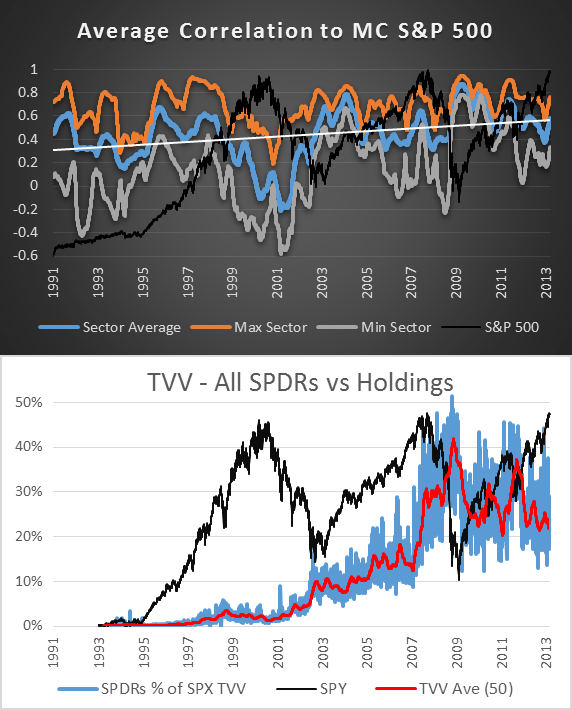
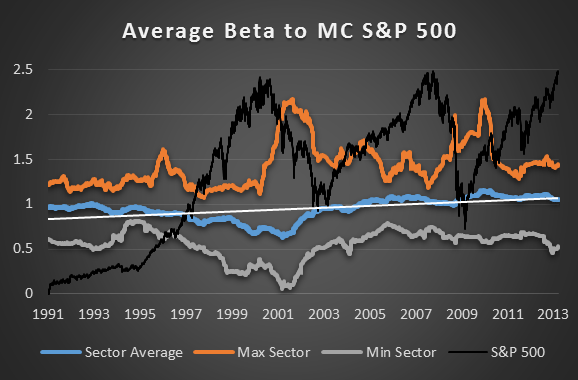
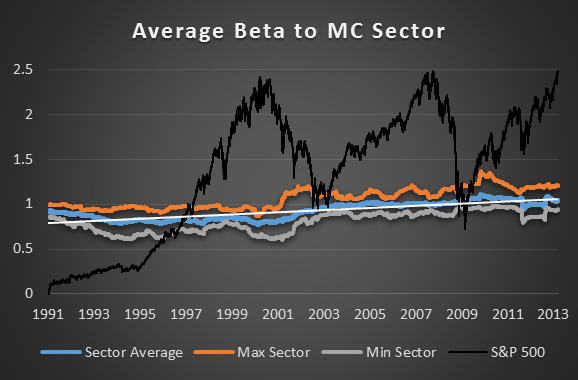
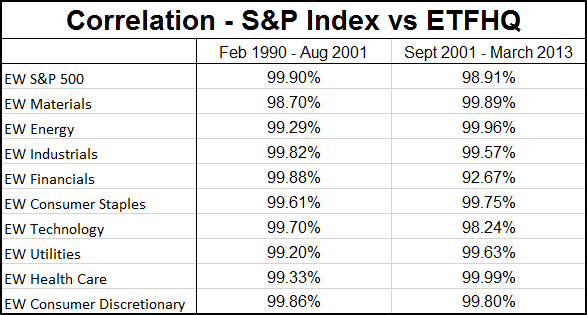
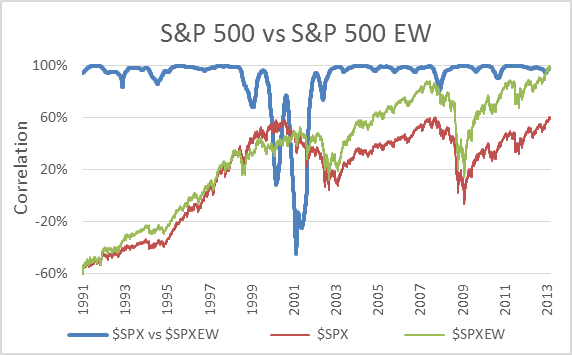
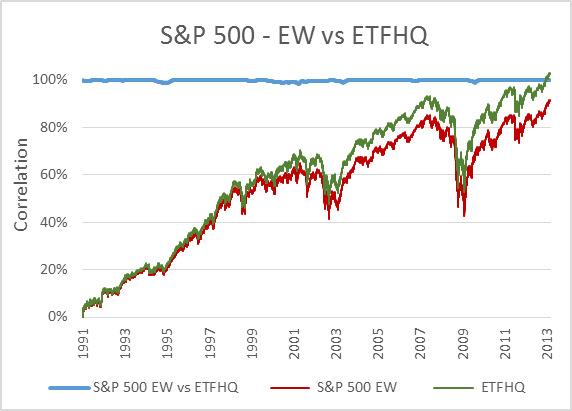
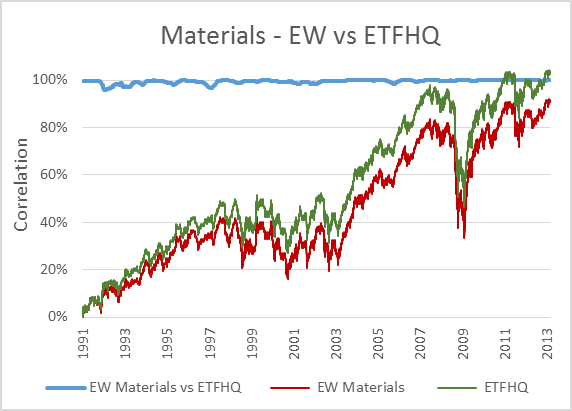
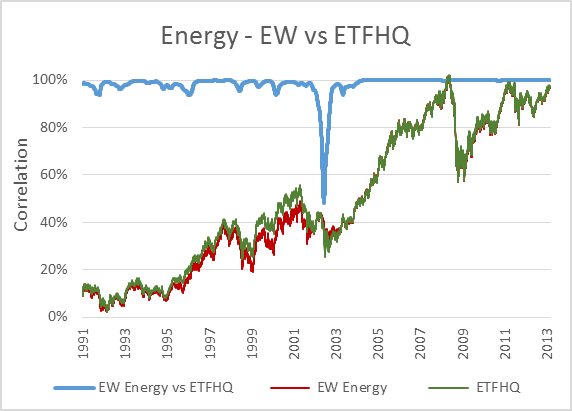
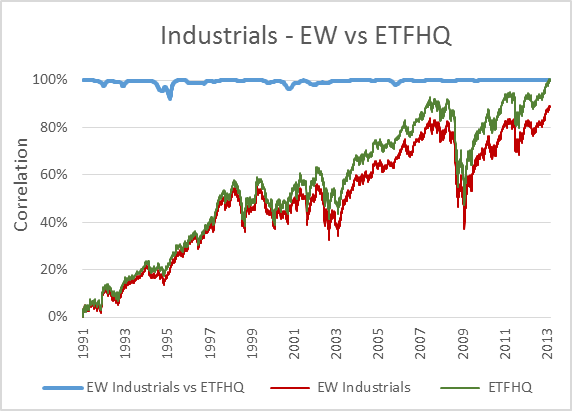
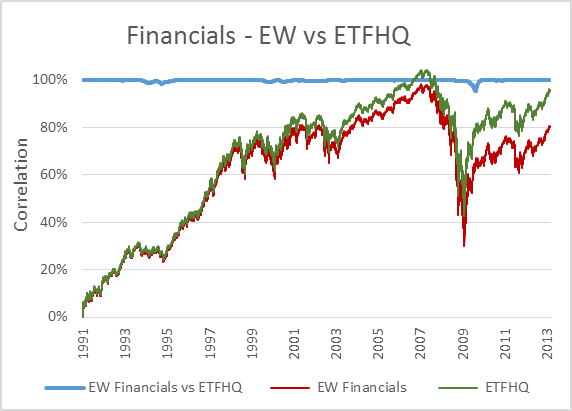
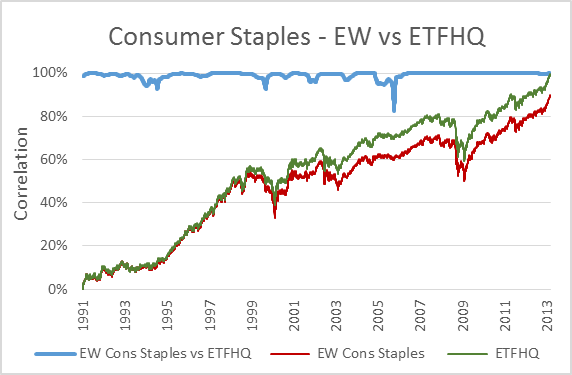
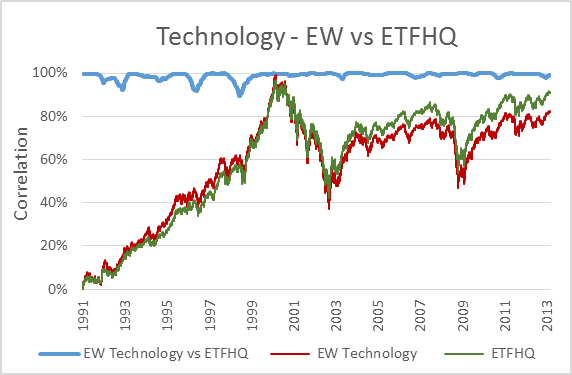
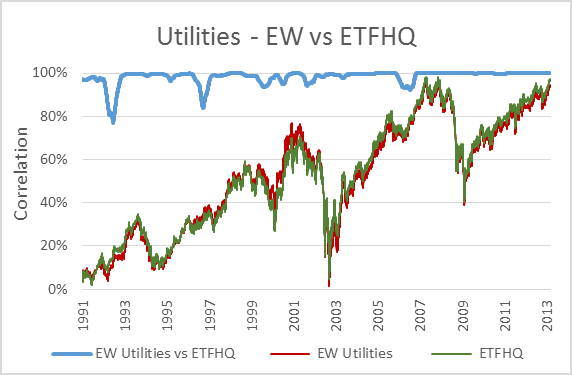
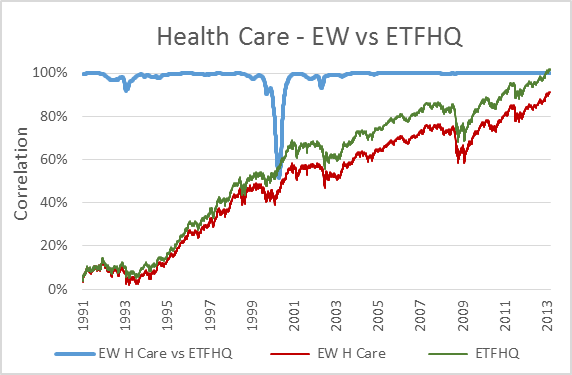
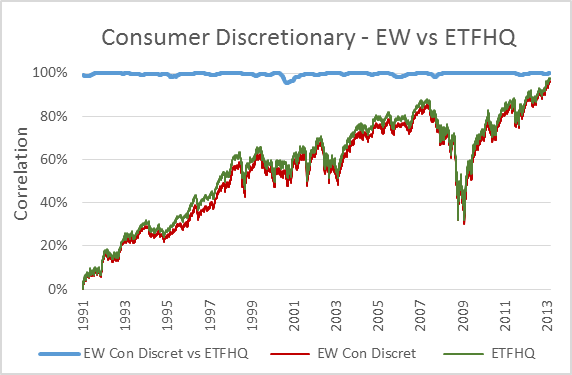

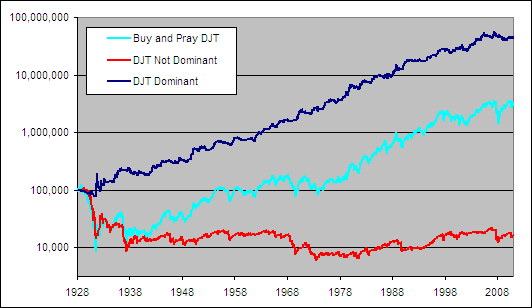

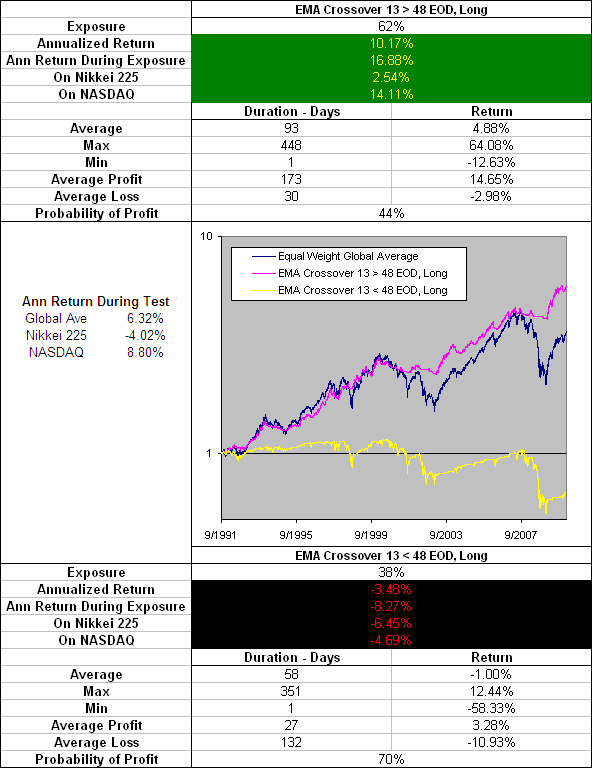
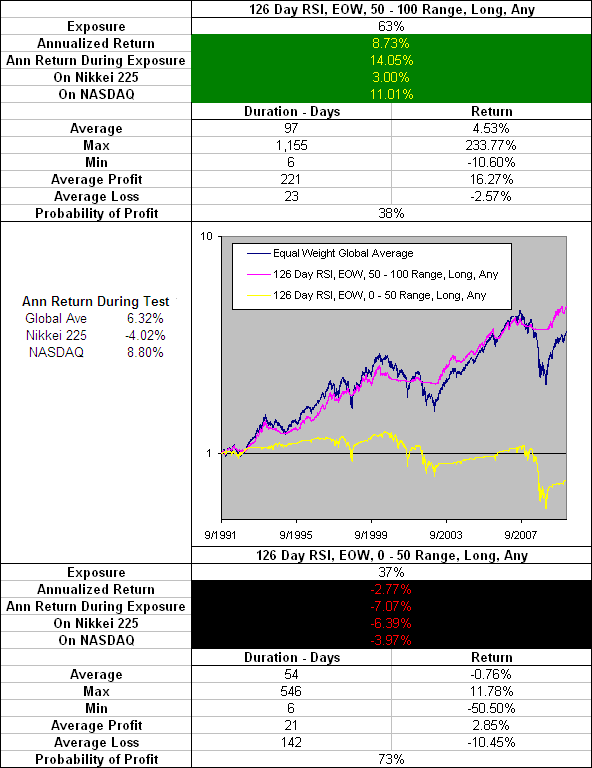
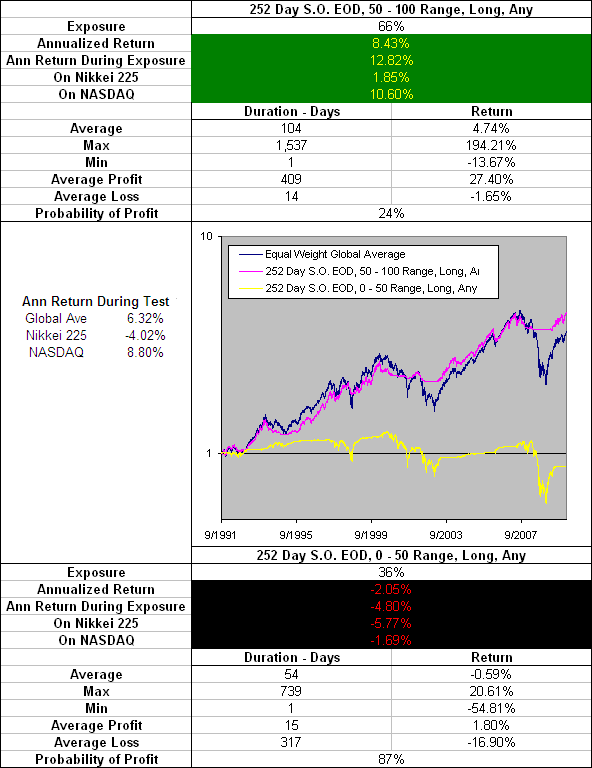
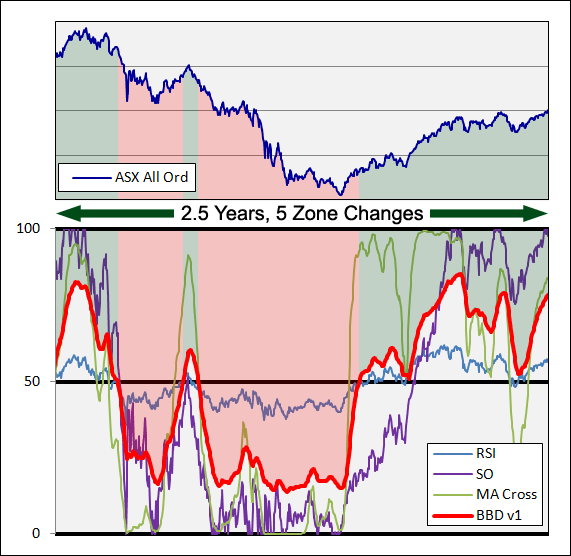
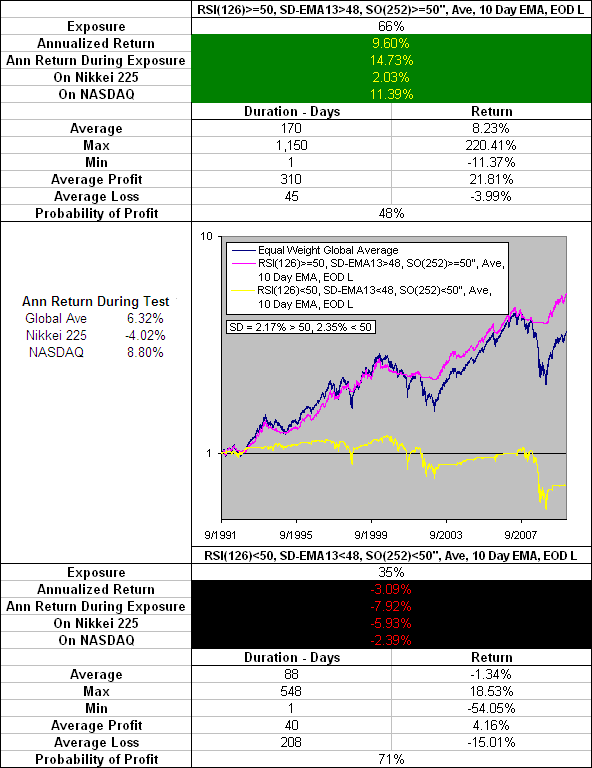
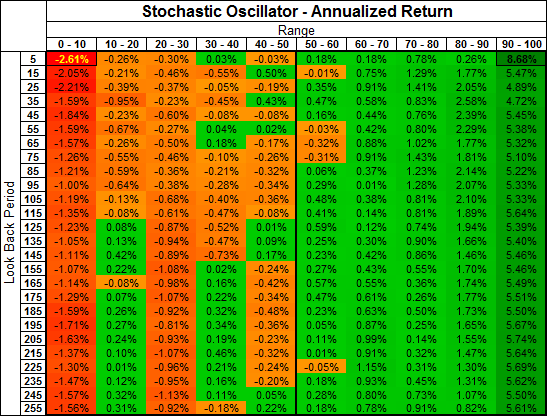
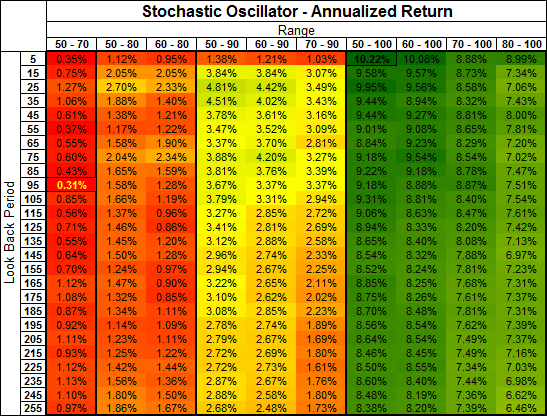
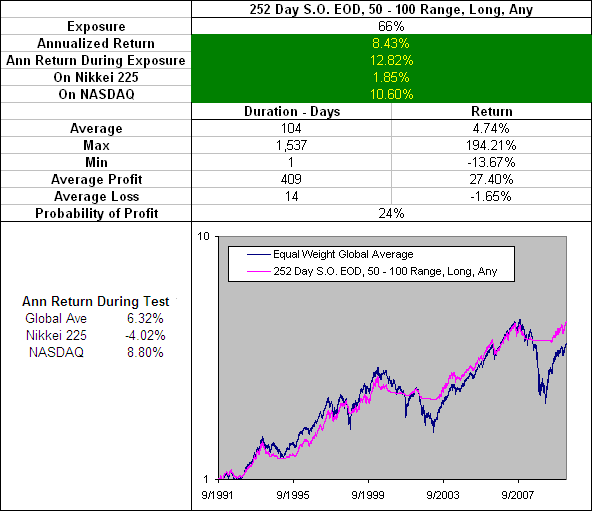

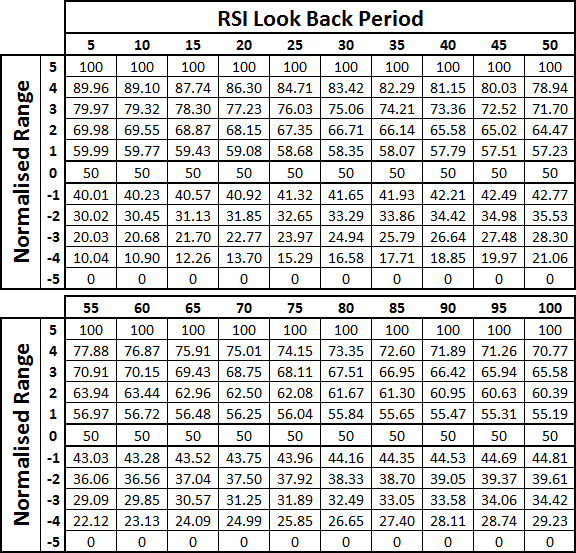
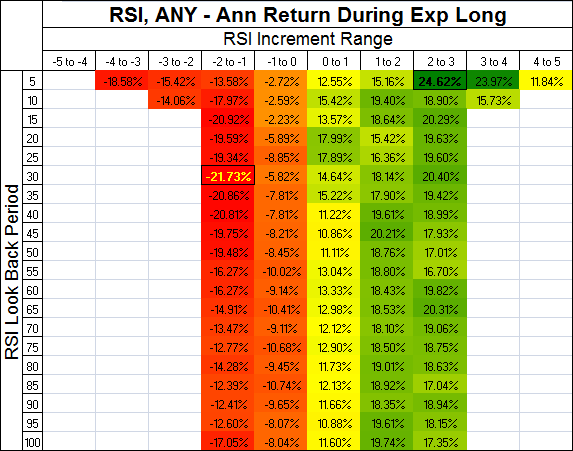
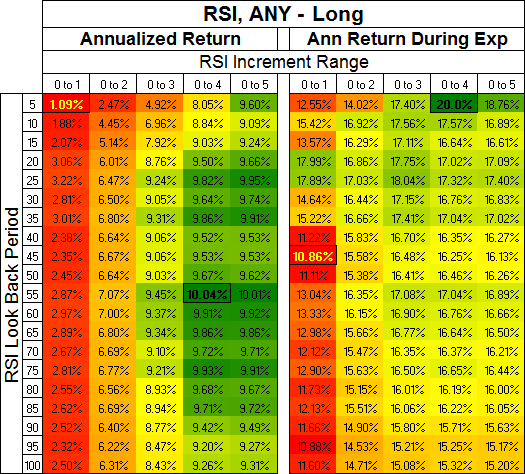
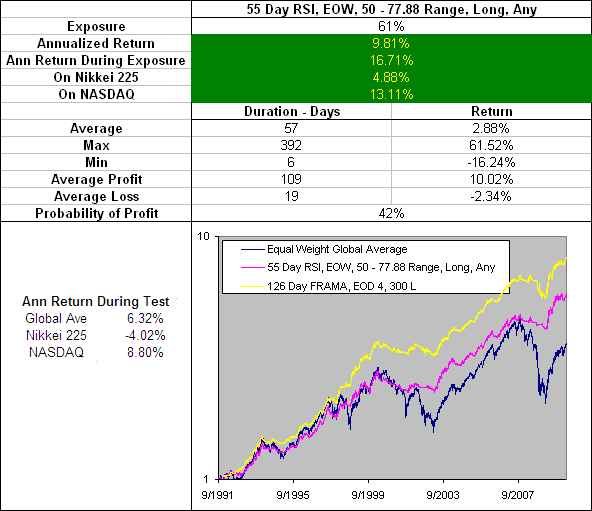

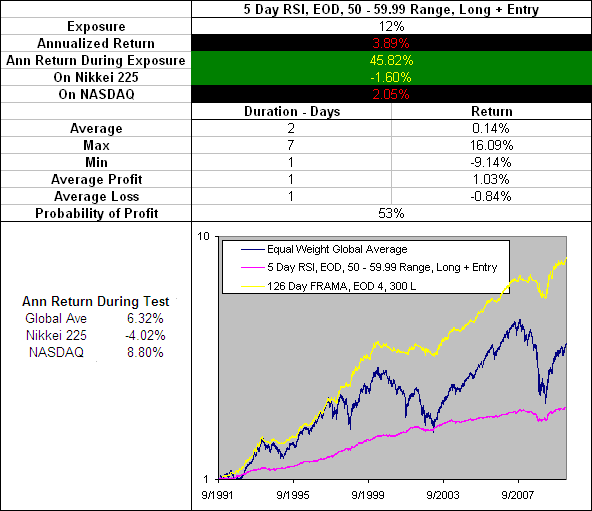
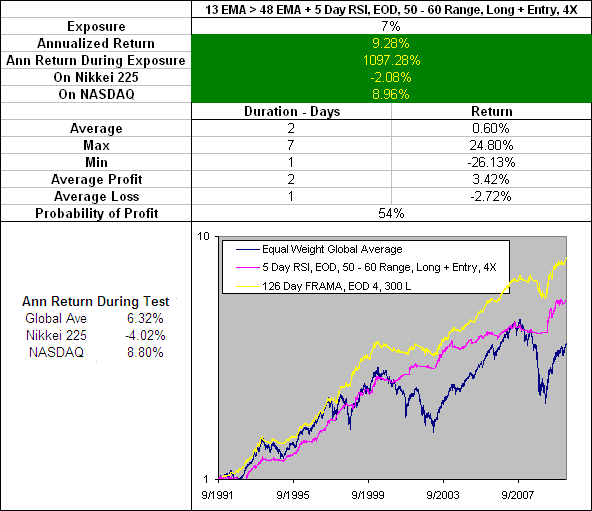
 Everywhere you go online there is another guru selling the latest TA system accompanied with confusing looking charts. I decided that if there wasn’t a long list of very rich Technical Analysts out there then I had lost enough money using TA and was ready to quit. To my delight I discovered many successful traders and investors who had the track record to prove that Technical Analysis does work. Here is a list of the traders I found particularly noteworthy:
Everywhere you go online there is another guru selling the latest TA system accompanied with confusing looking charts. I decided that if there wasn’t a long list of very rich Technical Analysts out there then I had lost enough money using TA and was ready to quit. To my delight I discovered many successful traders and investors who had the track record to prove that Technical Analysis does work. Here is a list of the traders I found particularly noteworthy: Originally a stock analyst but got sick of having to write bullish investment advice on overpriced companies. He developed and combined several technical indicators in an effort to determine lower risk entry points for his trades. Schwartz found success when he shifted to technical analysis and focused on mathematical probabilities.
Originally a stock analyst but got sick of having to write bullish investment advice on overpriced companies. He developed and combined several technical indicators in an effort to determine lower risk entry points for his trades. Schwartz found success when he shifted to technical analysis and focused on mathematical probabilities. Lost all his capital several times while learning to trade including one occasion when he lost more than his entire net worth. In 1982 he sold naked calls on Cities Service that expired deep in the money. His account dropped from $165,000 to a deficit of $350,000 in a matter of days; a total loss of $815,000 when taking into account for the money that he lost in his family’s accounts.
Lost all his capital several times while learning to trade including one occasion when he lost more than his entire net worth. In 1982 he sold naked calls on Cities Service that expired deep in the money. His account dropped from $165,000 to a deficit of $350,000 in a matter of days; a total loss of $815,000 when taking into account for the money that he lost in his family’s accounts. An options trader and technical analyst who had a string of 18 profitable years clocking an average return of 72%. His first loss was in 1990 with a 35% drawdown.
An options trader and technical analyst who had a string of 18 profitable years clocking an average return of 72%. His first loss was in 1990 with a 35% drawdown.

 Placed his first trade at the age of just 12, studied finance at Long Island University and got and MBA from Harvard in 1973. Dalio traded futures early in his career and founded Bridgewater Associates in 1975 when he was just 25. From the moment he started managing money Dalio kept notes in a trading diary with the hope that his ideas could later be back tested.
Placed his first trade at the age of just 12, studied finance at Long Island University and got and MBA from Harvard in 1973. Dalio traded futures early in his career and founded Bridgewater Associates in 1975 when he was just 25. From the moment he started managing money Dalio kept notes in a trading diary with the hope that his ideas could later be back tested. Now a well know force on Wall Street due to his world class performance and high volume of trading which accounts for about 2% of the daily volume on the New York Stock Exchange. Steven started trading options in 1978 and made $8,000 on his first day.
Now a well know force on Wall Street due to his world class performance and high volume of trading which accounts for about 2% of the daily volume on the New York Stock Exchange. Steven started trading options in 1978 and made $8,000 on his first day. Both a discretionary and systems trader who had his early success trading cotton futures. Jones majored in economics at the University of Virginia in 1976 and got a job working for the cotton speculator Eli Tullis not long after graduating. The greatest lesson that he learnt from Eli was emotional control but was later fired for falling asleep on the job after a big night out on the town with his friends.
Both a discretionary and systems trader who had his early success trading cotton futures. Jones majored in economics at the University of Virginia in 1976 and got a job working for the cotton speculator Eli Tullis not long after graduating. The greatest lesson that he learnt from Eli was emotional control but was later fired for falling asleep on the job after a big night out on the town with his friends.